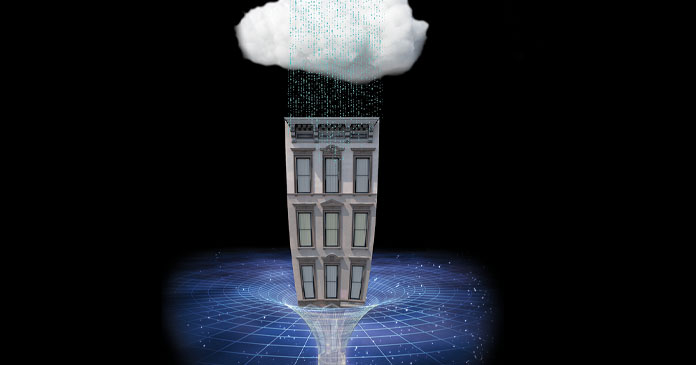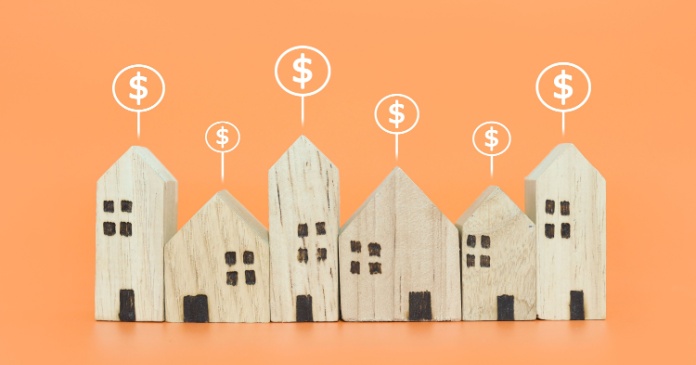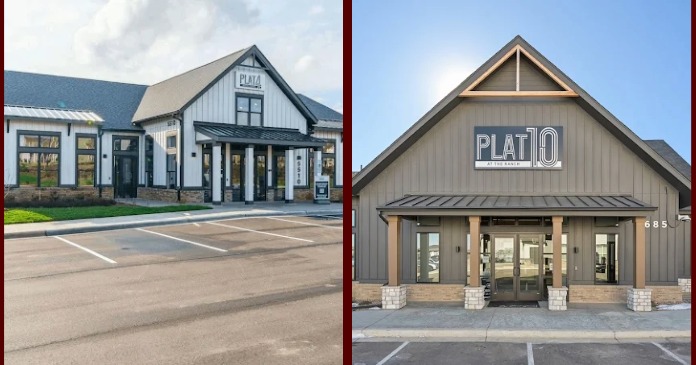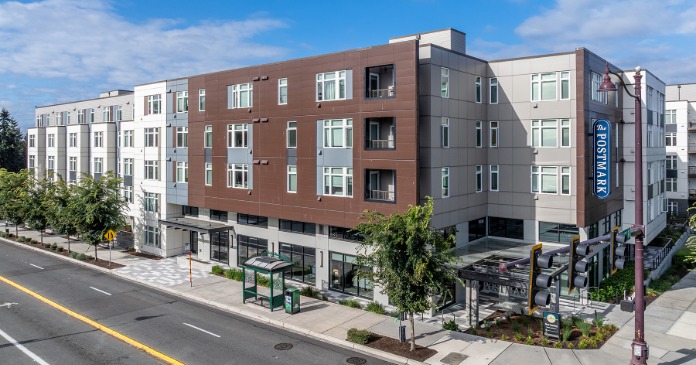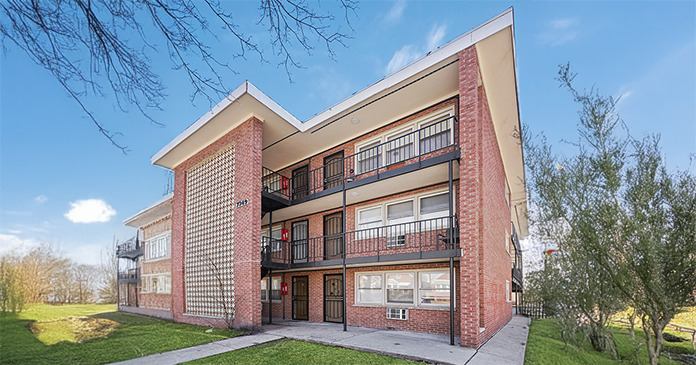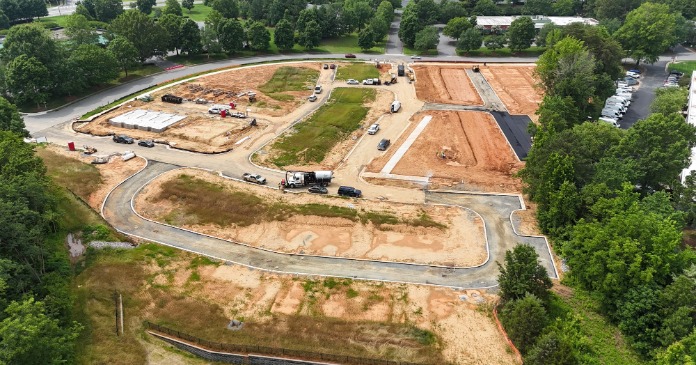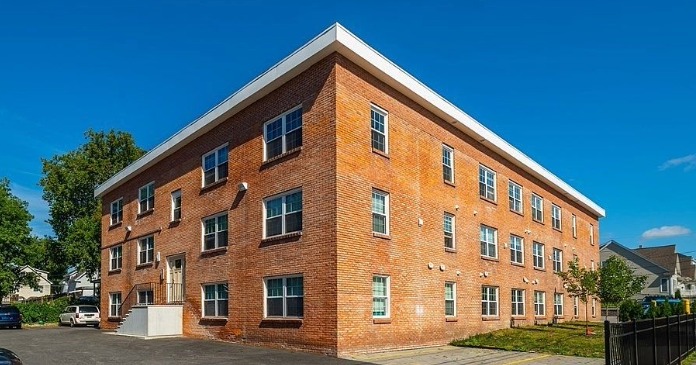Fast, reliable, wireless internet service is not only a nice amenity for residents, it can also cure a long list of headaches for apartment companies.
Over the last ten years, a revolution has slowly spread across apartment properties around the U.S.
New devices and technologies changed how apartment companies take care of their properties and residents. Managers can access and accomplish tasks with a laptop or a smartphone. Maintenance workers receive work orders and report on their progress with smartphones. And a web of devices like electronic locks and leak detectors help workers detect problems and get into apartments to fix them.
All this needs a good connection to data networks—a strong, steady, cellular phone signal is usually enough. But sometimes good cell phone service is hard to find. Maintenance workers often struggle to download work orders and update their progress. Managing agents miss important calls—especially video calls. Electronic sensors may fail to send warnings.
For leading apartment companies, wireless internet service can help.
A few large apartment companies now provide property-wide wireless, broadband, internet service at a growing number of their properties. It’s similar to the WiFi connections offered at many hotels, with data speeds as fast as a gigabit per second. A growing fraction of residents desire this service and are willing to pay for it.
That WiFi service can solve a long list of problems for apartment managers. “The way to think about WiFi on the property is that it is really a productivity tool,” says John Helm, founder and current partner with RET Ventures, a venture capital firm based in Park City, Utah, focused on property technology.
“It is going to make the equipment that you have installed function better,” Helm continued. “On top of that it is going to make your maintenance people and everyone else work better.”
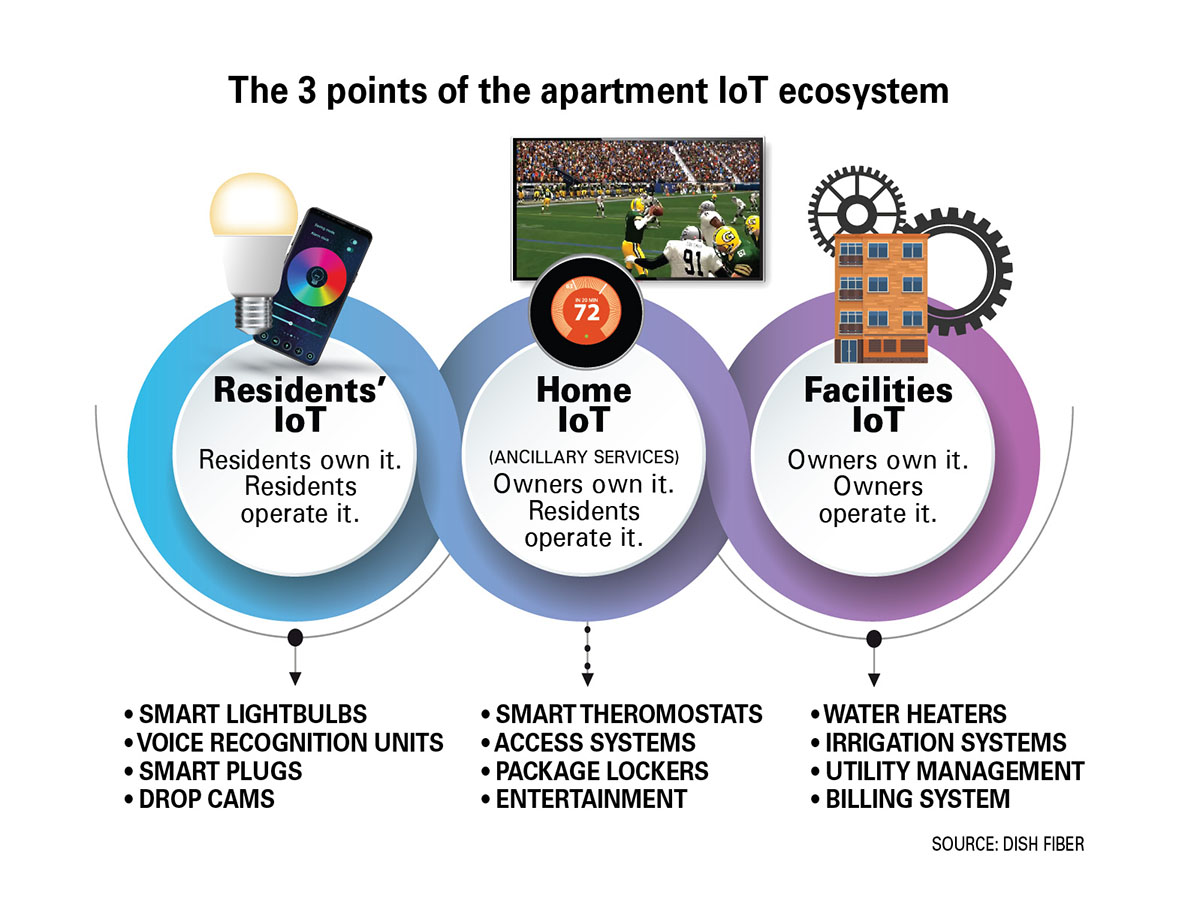
PMSs move to cloud
Most property management software systems (PMSs) at apartment communities, such as RealPage and Yardi, are now run on the cloud, meaning data and documents are stored remotely on servers usually provided by the software companies, not on the individual hard drives of property managers.
“It is really untethering our service teams from their desks,” says Scott Wesson, senior vice president for UDR, an apartment company headquartered in Highlands Ranch, Colo., managing 55,000 units across the U.S.
UDR’s managers and leasing agents can now follow-up on issues around the apartment community and still use their smart phones or mobile devices to access the property management system. They can even attend video conference calls—if their internet connection or cell phone signal is strong enough.
Maintenance workers are also getting more done, thanks to cloud computing.
The system can now send work orders to them electronically. The system can also help them open electronic locks to apartments that need work without walking all the way back to the property management office for a door-key.
“It makes the maintenance staff more efficient and productive,” says Helm. “During this era of COVID, that has been very powerful because there aren’t as many people on the property.”
Maintenance crews can also update work orders as they finish their work.
“When we fix somebody’s ice maker for example, the resident finds out the instant that it is done,” says UDR’s Wesson. “The customer’s perception is that our performance has improved a lot. Instead of having all those service requests updated at the end of the day, they are updated as they are happening.”
All this requires a strong, dependable connection to the internet. Staff members typically rely on their cellular phones. Gear like electronic locks and smart thermostats often use WiFi internet service provided by residents. In vacant apartments or apartments where the resident does not provide WiFi, the hub within the apartment that communicates with its smart devices typically must connect to the internet through a cell phone signal.
The problem is that cell phone service is often undependable—and it’s getting worse. Many garden apartment communities have cellphone dead patches that the signals from cell phone towers don’t reach.
Older buildings also often have apartments where brick and concrete block out cellphone signals. The low-E glass now common on newer buildings can stop cell phone signals. Also, it’s not clear which apartments will have bad cell phone service at any time. Places that had good service one day might have bad service the next.
All that can make life very difficult for maintenance teams. “They would have to go to the west corridor on the third floor so they could get a cell phone signal so they could upload their updates on their service requests,” says UDR’s Wesson
The problem is particularly bad if the workers need to download a larger file—like a photo attached to the work order for a problem they need to fix or a training video to remind them how to repair an unfamiliar appliance.
Inconveniences like these can have serious consequences.
“Not to wag my finger at the building engineer—they get pulled in a million different directions,” says Joel McIntyre, CEO of GiGstreem a technology company with offices in New York City. “But maybe there was a leak and you couldn’t get a connection so you don’t get your notes in and a year later all of a sudden you have mold… that is pulled from a real experience.”
Bad cell phone service also makes gear like electronic locks a lot less useful when the gear can’t use WiFi service. This can be a serious inconvenience at vacant apartments. Every time an outside contractor like a painting crew is scheduled to work at the apartment with bad service, a staff member needs to walk over to reset the apartment’s gear for the day.
“We have to update the codes on the lock manually, we have to reset the thermostat manually, we have to flip the lights on manually,” says Wesson.
“It’s not for a whole lot of units—at our buildings 1.5 percent to 3 percent of our hubs are offline at any given time—and it’s not the same apartments that are off-line at any given time,” says Wesson. “It is very frustrating, obviously, for our teams. It makes it harder for us to get the full advantage of the efficiencies of the smart home.”
Relying on cell phones can also create problems with staff members who resist using their own cell phones because they worry they will get charged for using too much data—even though some of these same staff members resisted carrying around the extra weight of an iPad or a cell phone supplied by their employer.
“People worry about data usage,” says Terry Danner, CEO and co-founder of Sight Plan, a technology company based in Orlando, Fla, working with 150 apartment companies. “If they can’t connect to WiFi—we are talking about housekeepers, groundskeepers, techs —they are worried that they are going to have high cell phone bills.”
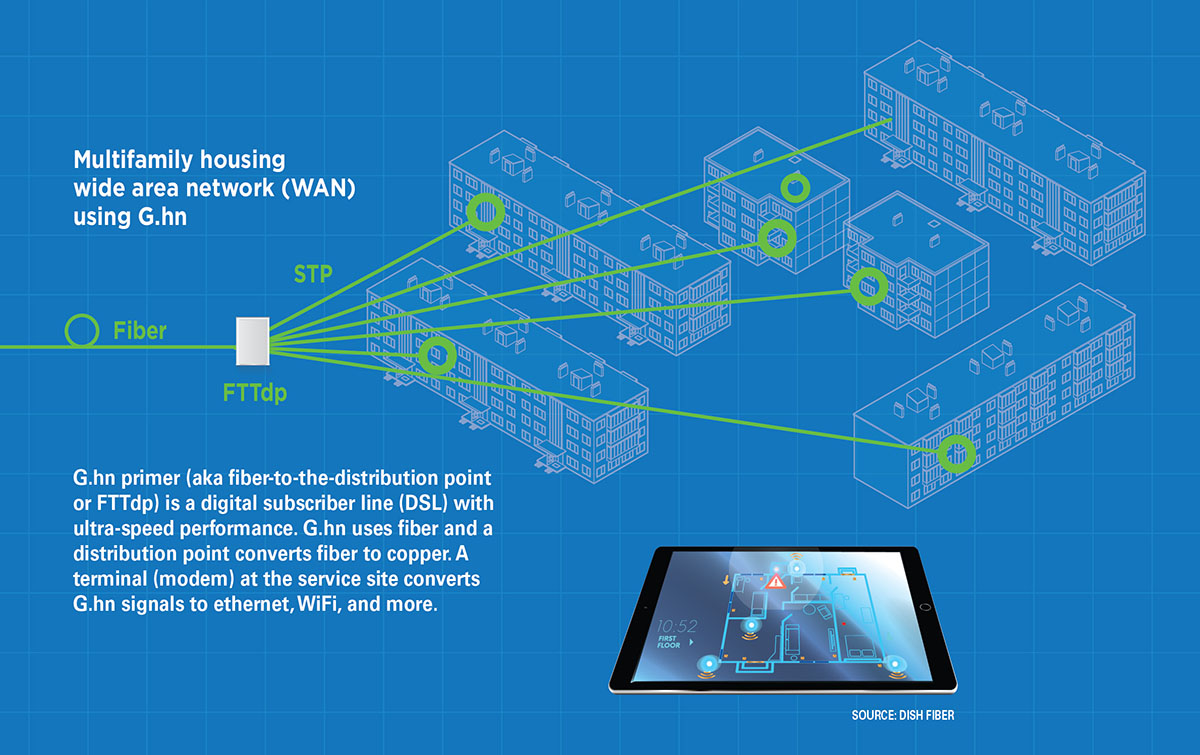
Strong WiFi service solves problems
A few companies have begun to provide high-speed, wireless internet throughout their properties. They offer the service as an amenity to residents—and in many cases 10 to 15 percent of residents are immediately willing to pay for it. Most companies expect the service to quickly pay for itself.
This high-speed, wireless internet service can also solve all of these connectivity-related property management issues. Managers and maintenance crews can simply set their cell phones to allow “Wi-Fi Calling,” which allows the phone to place calls over an available wireless internet network, instead of the cell phone network.
So far UDR provides property-wide WiFi service at two of its communities and plans to spread the service soon throughout the rest of its portfolio. The real estate investment trust (REIT) Essex Properties also began to offer high-speed, wireless internet in June 2021 to the residents at three properties.
Another 30 Essex properties will offer the service in the following months. Both companies report that their new WiFi services provide a long list of benefits.
Better water leak detection with WiFi
New wireless technology can help stop water damage. Many apartment owners have installed simple leak detectors on pipes and water heaters. When water starts to run down a pipe, the leak detector can send a signal to the property management system.
“They can immediately dispatch a work order to go straight to that unit,” says Helm. “And embedded in that work order is the entry code to open the electronic lock on the apartment door.”
Thanks to this technology, UDR is already saving about $2 million per year on its cost to repair water damage in its portfolio of 55,000 apartments.
Of course, these leak detectors don’t work it they cannot connect to the internet, either through resident internet services or a cell phone signal. UDR has not yet had water damage a vacant apartment because of weak or nonexistent cell phone service—but there will always be that risk until its whole portfolio eventually gets property-wide wireless service, says Wesson.
Many properties that don’t have building-wide wireless internet service also have places and pipes that could benefit from leak detectors but don’t have them—or where the leak detectors don’t work well because they rely on weak cell phone service.
For example, a water heater or section of pipe might be in a basement surrounded by brick and concrete or near the center of a sprawling garden apartment complex.
“In a new high rise building where the equipment is two or three floors below grade —that’s going to be a problem,” says Helm.
Sensors can also help property managers monitor expensive equipment like elevators and HVAC systems.
However, like many pipes and water heaters, this equipment is often located in places cell phone signals don’t reach. On a large apartment property, it can also be difficult or expensive to bring Ethernet cables to connect to sensors on this equipment. Broadband WiFi networks can reach these sensors more cost effectively, says Wesson.
“At manufacturing properties, they use the vibration to know the lead time before failure, so they can proactively replace parts,” says Wesson. The sensors can also help properties meet aggressive new goals set by some local governments for benchmarking and improving their energy use.
Contactless leasing needs wireless
During the coronavirus pandemic, many apartment companies accelerated their plans to allow potential residents to visit apartments they are interested in without ever meeting with a leasing agent. Potential residents sign up for an appointment over the internet. The system verifies their identity. Electronic locks let them onto the property and into the apartment.
UDR now has 97 percent of the prospective residents who tour its properties use this contactless leasing method.
Contactless leasing works best when the vacant apartment gets a nice, strong cell phone service. The electronic locks and other smart gear in the vacant apartment need that strong cell signal to communicate with the property’s system.
Even if the cell phone service has failed for the apartment, contactless leasing can still work. It’s just a lot more work. A property manager will have to physically visit the unit to reset the locks for the prospective visitors.
Prospective residents on a property tour also sometimes decide they want to see something different. Maybe a larger apartment or one with a different kitchen. It’s easy to add another apartment to a tour if the prospect is touring with an agent or even if it’s a contactless tour with a good internet connection. “It is much harder to pull off if they are having connectivity problems and they are touring by themselves,” says Wesson.
Learning a lot from residents
All this technology is helping owners and property managers learn more about what their residents want—though many owners are careful not to collect data their renters want to keep private.
“We spend a lot of time collecting and anonymizing so that we can see big trends,” says UDR’s Wesson. “But we don’t want the residents to feel their privacy is being compromised.”
If residents get in the habit to using the building’s WiFi to give them crystal-clear reception on their cell phones, then their cell phones will always be logged into the building’s networks.
One of McIntyre’s clients uses this information to provide extremely personalized service. Front desk attendants know which residents are coming down the elevator and can greet them with their packages, for example. “It’s a little intrusive for my taste, but this building is very upfront about what they are doing and the high-touch concierge experience they are offering,” says McIntyre.
Most apartment companies promise their residents to be more circumspect with what data they allow themselves to examine. These companies count how many residents are using amenities or riding the elevators, without attaching individual names to the information.
GiGstreem creates “dwell maps” for its clients, which show—without individual names—where people are spending time at the communities. Are these using the fitness centers? The patios? Does anyone use the new yoga room?
“That effects long term capital planning,” says GiGstreem’s McIntyre. “If you do the real time analytics, you may not spend a million dollars renovating your patio with a new grill out there. You might turn it into a dog park and charge for it.”
This can add to the data property managers gather when residents use electronic codes to get into amenities like fitness centers.
The information from a property-wide WiFi network is more exact—and can tell the difference between different visitors and a single guest opening and closing a door.
Smart systems can also keep an eye on how residents use the elevators. “It can help make sure the elevators are operating optimally so the residents aren’t waiting ten minutes for an elevator,” says McIntyre.
Gathering from on-site prospects
The WiFi network can also catch information about possible future residents and visitors to the property—even if they don’t sign up for a formal tour.
When a newcomer visits the property, if they look at their smartphone, the building’s wireless internet system offers them free access to the wireless network. This access is “free” in exchange for a little basic information, like an email address. Techies call that invitation a “captive portal” because it is a virtual doorway to the internet that captures information from the people who pass through it.
“All that data gets transmitted to the building so that they can then market to those prospective tenants or send them data about the building going forward,” says McIntyre.
Different owners allow these guests to use their free internet access for different amounts of time. “Some owners want people to spend time at their property, so they do not cap it in any way,” said McIntyre. A guest could finish their property tour, sit down by the swimming pool, and watch an episode, or two, or three of Game of Thrones.

Future-proof your buildings
Many property managers already benefit from property-wide WiFi today. In the near future, those benefits are likely to get even larger.
“At the rate that internet of things technology is improving, if you have building-wide WiFi, I believe you will save money on all your equipment in the future,” says Helm. “You may not have to employ as many hubs, for example.”
New technologies are also likely to need strong, steady connectivity provided by property-wide WiFi. Possible technologies include real-time video analytics, which transmit a lot of data, electric vehicle chargers, which might be located in a cell phone dead patch in a concrete parking garage, or energy, water or air monitoring systems, which are also likely to be located in basements where cell phone don’t work well.
“Strong WiFi is foundational to the success of all future smart building,” says Mitch Karren, co-founder and chief product officer for SmartRent, a technology company specialized in smart home automation based in Scottsdale, Ariz.
Author Bendix Anderson


